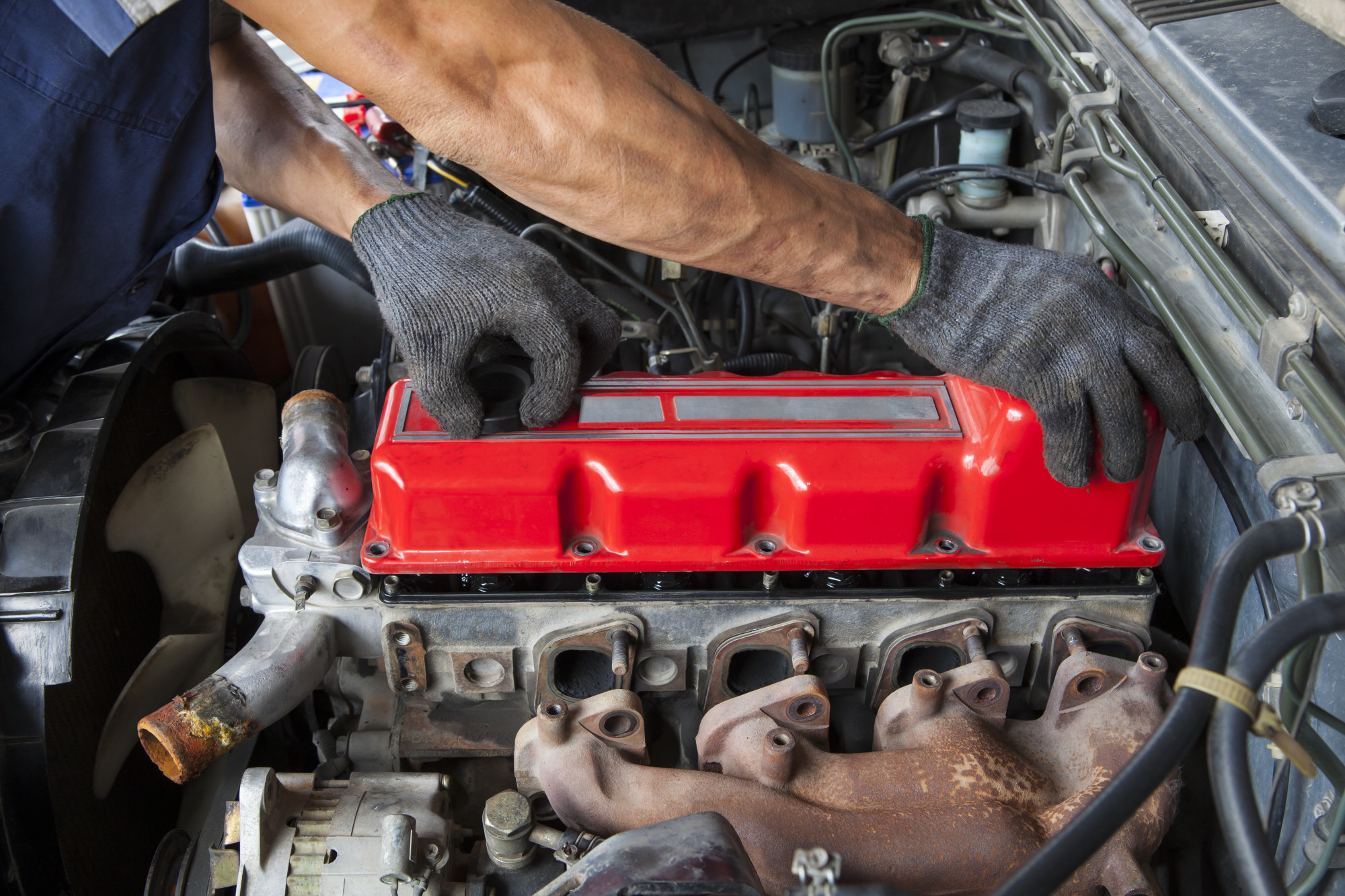Diesel Truck Maintenance Checklist: Keep Your Truck Running Like New
Do you need a reminder for everything to keep you on track? There are a lot of systems and parts to keep in mind when you’re driving a truck, and it can be hard to know you’ve checked them all.
With a diesel truck maintenance checklist, you can be sure you’ve inspected, repaired, and maintained every vital part of your vehicle.
Here are the important things to keep in mind before you get on the road.
In-Cab Maintenance
Make sure everything inside the truck cab is in good shape so that you can drive without distractions.
Inspect the cab floor for damage or rust, as well as the doors and their seals. Check the windows and windshield for cracks or chips. Make sure the windows operate normally and the windshield wipers.
Look at the seat belts and make sure there aren’t any tears. Do all the belts latch?
Check your gauges and dash lights, as well as the steering wheel. Make sure the sun visors aren’t damaged.
Inspect the brake, gas, and clutch pedals. Be sure the vehicle is on so you can make sure the power brakes are working.
If you miss something and notice it while you’re driving, pull over to inspect and correct any problems. Don’t attempt it while driving.
Brake Inspection: Diesel Truck Maintenance Checklist
Depending on your truck, you may have hydraulic brakes or air brakes. Air brakes use air to apply pressure, whereas hydraulic brakes use fluid to apply pressure. Because air brakes can lose pressure and still apply the brakes, which isn’t true for hydraulic systems, many heavier trucks use air brake systems.
Regardless, you need to make sure you can stop your vehicle before you can go on the road. Inspect all brake systems, including:
- Brake pads/lining
- Brake chambers
- Brake lines, hoses, chambers, and valves
- Brake drums/rotors
- ABS systems
- Connectors and wire harnesses
- Brake booster system (if applicable)
Test the air pressure buildup time and the air compressor (look for leaks and the condition of the air filter).
Change any parts that are faulty or worn. Be sure to test your brake lights as well so others can see that you’re stopping.
Maintain Fluid Levels
Your diesel truck needs many kinds of fluids to run well, from oil to coolant. Checking the levels, flushing the systems, and changing filters is part of maintaining all the fluids and keeping your truck in great shape.
Start with the oil. Test an oil sample and check your records for the last time you had an oil change. If necessary, change the oil and the oil filter.
Check the transmission fluid, both the levels and the consistency and color. If it’s not bright red and it feels sandy, it may be time to have the transmission flushed.
Inspect the cooling system. This includes looking at all the hoses and recovery system for leaks, as well as pressure testing the cooling system and radiator cap. Periodic flushing of the cooling system is recommended, as well as maintaining proper coolant levels.
Look at the levels for other minor fluid systems, like windshield wiper fluid and power steering fluid. Top them up if necessary.
Repair any leaks in fluid systems before you get back on the road again. Under pressure, these can get worse or cause big problems while you’re driving.
Clean Your Fuel Tank
Diesel fuel absorbs more water than gasoline, so it often has too much water in it. The water is where potential contaminants lie. Algae can grow in the water, and the microbes and sediment form sludge at the bottom of the tank.
This can clog the fuel injectors and damage the diesel engine. One of the ways your truck cleans the fuel is with a water fuel separator, a little part that filters the water out of the diesel fuel. While some clean themselves, most of the time you have to drain the water from the separator.
Make sure you add draining the water fuel separator to your checklist so you keep microbes and contaminants out of your diesel fuel. You’ll also want to visually inspect the fuel system while you’re in there.
If you’re getting your fuel from a larger fuel tank or a fleet supply, it could need fuel polishing. Find out more about how to keep your fuel free of contaminants.
Truck Body and Wheels
Before you get on the road, it’s important to inspect the body as part of your routine maintenance, as well as the tires and wheels. It also covers the outer parts of the truck, like the bumpers.
Inspect all the tires and rims, looking for dents or damage. Be sure the tires have enough tread. Rotate your tires regularly to ensure even wear.
Be sure each tire has the valve stem cap, and that there aren’t any cracks or cuts in the sidewalls. Lug nuts should be tight, and you should use a tire gauge to check the pressure in each tire.
Check the undercarriage and frame for rust and damage. Look at the bumpers, lights, mirrors, hitch or towing device, license plate brackets, and mudflaps. Lubricate any grease fittings, and check the driveshaft and CV joints.
Be sure you also visually inspect the exhaust system. There shouldn’t be any holes or rust spots.
Preventive Maintenance
Safety on the road starts with your truck’s health. A well-maintained vehicle keeps you safe as the driver and keeps other drivers on the road safe, too.
Using the diesel truck maintenance checklist above, you can be certain your truck is ready to drive. Inspect all the systems using our recommendations, from the body and wheels to the cab and fluids.
Did you find this article helpful? Check out the rest of our website for more motoring tips.


